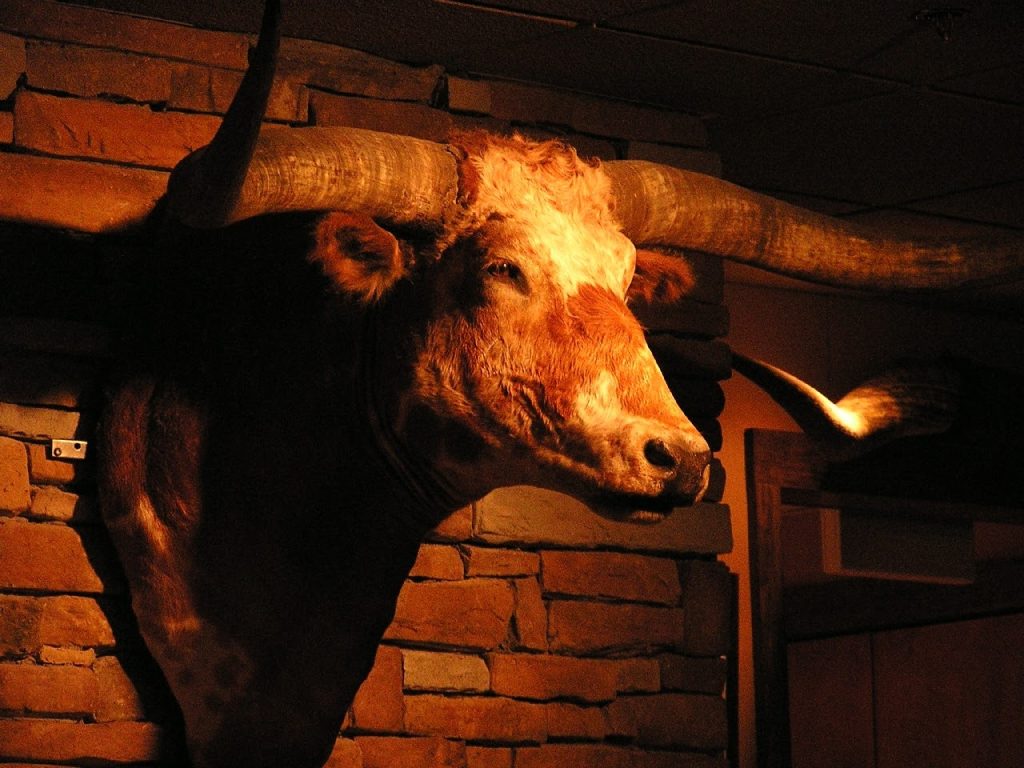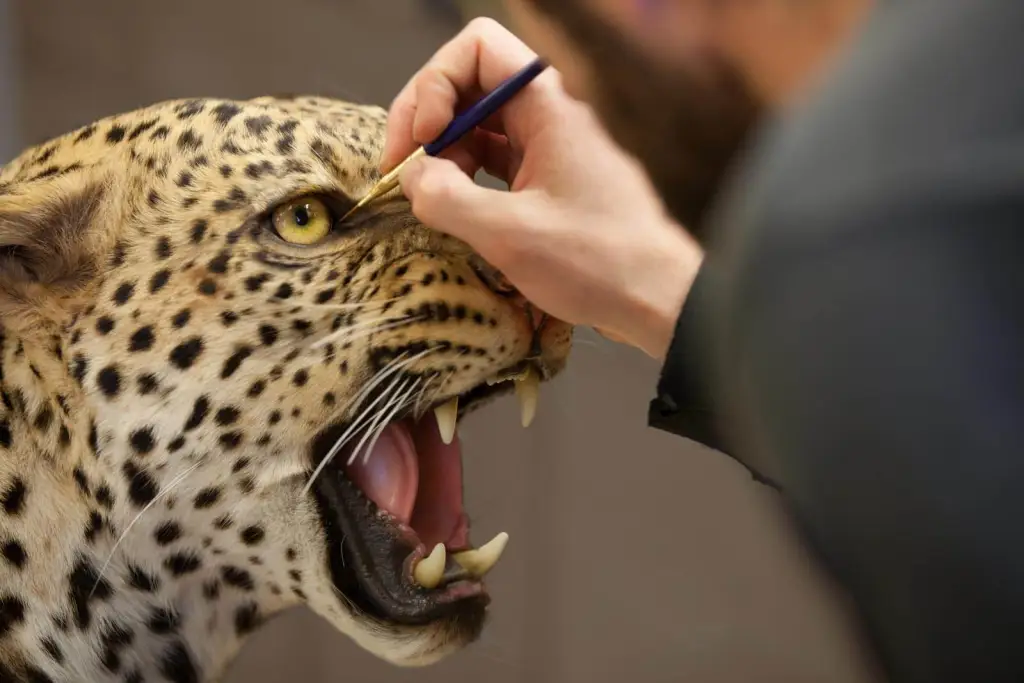Taxidermy is a fascinating blend of art and science that has captivated individuals for centuries. From the preservation of animals for educational purposes to stunning displays in museums and private collections, taxidermy serves various roles in our understanding of wildlife and natural history. In this article, we’ll delve into the history of taxidermy, the techniques involved, ethical considerations, and its contemporary applications.
A Brief History of Taxidermy

The term “taxidermy” comes from the Greek words “taxis” (arrangement) and “derma” (skin), reflecting the practice’s focus on preserving and displaying animals. The origins of taxidermy can be traced back to ancient civilizations, including Egypt and Greece, where mummification and skin preservation were practiced.
In the 18th and 19th centuries, taxidermy gained popularity in Europe and America, particularly among naturalists and explorers who sought to document wildlife from around the world. The rise of natural history museums further propelled the practice, leading to intricate displays that educated the public about biodiversity.
Techniques of Taxidermy

Taxidermy involves several techniques to ensure the accurate preservation and presentation of specimens. Here are the primary methods used:
1. Skinning
The first step in taxidermy is skinning the animal. This process requires precision to preserve the skin while avoiding damage to the underlying tissues. The skin is carefully removed, often starting from the paws or feet and working upward.
2. Preservation
Once the skin is removed, it must be treated to prevent decay. Common methods include:
- Salting: Applying salt to draw moisture out of the skin.
- Pickling: Immersing the skin in an acid solution to prevent bacterial growth.
- Chemical Preservation: Using formaldehyde or other chemicals to maintain the skin’s integrity.
3. Mounting
After preservation, the next step is mounting the specimen. This involves creating a form, typically made from foam or wood, that mimics the animal’s original shape. The skin is then carefully stretched over the form, and features such as eyes, ears, and facial expressions are meticulously crafted.
4. Finishing Touches
The final stage includes adding details such as glass eyes, fur textures, and painting to achieve a lifelike appearance. This artistic element is crucial in making the specimen visually appealing and realistic.
Ethical Considerations in Taxidermy
As taxidermy evolves, ethical considerations have come to the forefront. Issues include:
- Sustainability: Ensuring that specimens are ethically sourced, often from animals that have died of natural causes or are legally acquired.
- Conservation: Using taxidermy to promote wildlife conservation efforts, such as educating the public about endangered species and habitats.
- Respect for Nature: Acknowledging the life of the animal and treating it with dignity throughout the taxidermy process.
Contemporary Applications of Taxidermy
Taxidermy is not just a relic of the past; it has several modern applications:
1. Education and Research
Taxidermy is invaluable in educational settings, providing students and researchers with tangible examples of animal anatomy and biodiversity. Museums and schools often use taxidermy to teach about ecology and conservation.
2. Art and Design
Many contemporary artists incorporate taxidermy into their work, creating provocative pieces that challenge viewers’ perceptions of nature and mortality. This has led to a resurgence of interest in taxidermy as a form of modern art.
3. Hunting and Collecting
For hunters, taxidermy offers a way to commemorate their experiences. Many hunters choose to have their trophies preserved as a testament to their skills and adventures in nature.
4. Ecological Awareness
Taxidermy can raise awareness about ecological issues. By showcasing endangered species or the effects of habitat destruction, taxidermy can foster a deeper appreciation for wildlife conservation.
Conclusion
Taxidermy is a unique intersection of art, science, and ethics. While it has deep historical roots, it continues to evolve and find relevance in contemporary society. Whether for educational purposes, artistic expression, or personal commemoration, taxidermy allows us to connect with the natural world in profound ways. As we navigate the complexities of wildlife conservation and ethical practices, the future of taxidermy will likely reflect our ongoing relationship with nature.
FAQs About Taxidermy
1. What is taxidermy?
Taxidermy is the practice of preserving animal bodies by mounting them in lifelike poses for display.
2. How is taxidermy performed?
It involves skinning the animal, preserving the skin, creating a form for mounting, and adding finishing touches for realism.
3. Is taxidermy ethical?
Ethical taxidermy involves sourcing specimens responsibly, promoting conservation, and treating the animal with respect.
4. What are the modern uses of taxidermy?
Taxidermy is used for education, art, hunting trophies, and raising ecological awareness.
5. Can anyone practice taxidermy?
While anyone can learn taxidermy, it requires training and knowledge of anatomy, preservation techniques, and ethical considerations.



